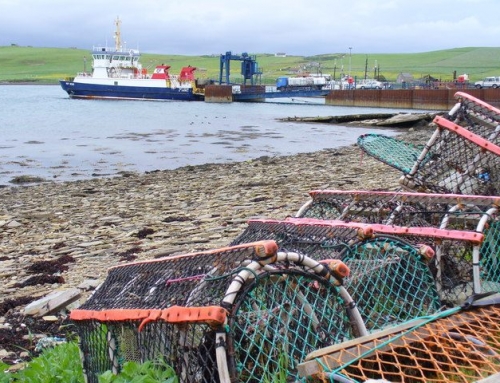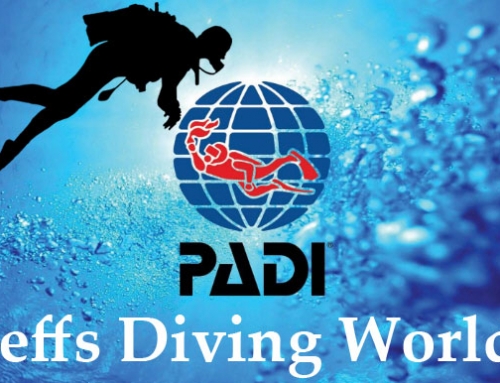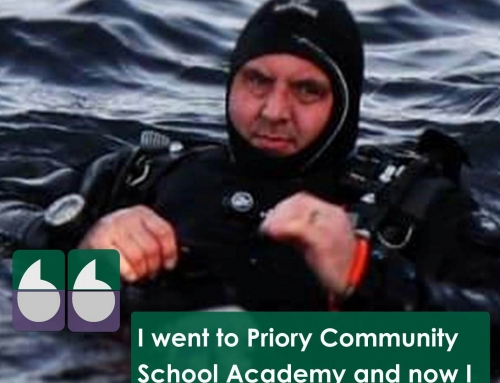Scuba diver died after instructor held him underwater for ‘safety stop’ at Stoney Cove The dive master insisted on a non-essential three-minute stop at 5m below the surface, despite the student’s breathing difficulties, a trial heard.
A scuba diver died because his instructor did not take him to the surface quickly enough when he got into difficulties, a jury was told. Experienced Professional Association of Diving Instructors dive master, Nigel Craig, is accused of making the wrong decision to proceed with a non-essential three minute safety stop despite student Richard Stansfield having breathing problems and panicking, at Leicestershire’s Stoney Cove diving centre, in Stoney Stanton. James House QC, prosecuting, alleged that Craig’s conduct resulted in 40-year-old Mr Stansfield “drowning,” which precipitated a cardiac arrest which led to his death in hospital later the same day, on Sunday July 24, 2016.
Craig, 55, denies gross negligent manslaughter. Mr House told Leicester Crown Court that Mr Stansfield was undertaking a deep water diving course, instructed by the defendant and accompanied by dive buddy, Karol Tokarczyk, both qualified “volunteers.” Mr House said the course, organised by Dive Northampton, was intended to provide recreational PADI qualifications that can be used to dive around the world. The first training dive of the morning was a descent to approximately 30m, that resulted in Mr Stansfield’s air level in his tank being “significantly below” what it should have been at that depth – as he had stopped at various stages on the descent to resolve ear pressure issues. Following an underwater exercise, they began the ascent.
At about 18 metres, Mr Stansfield indicated he was out of air and unable to breathe and began to panic, it was claimed. Mr Tokarczyk, who is not facing charges, was alongside and provided Mr Stansfield with his regulator [breathing apparatus] and began using his spare tank. At 12 metres the student again indicated he was out of air and could not breathe. Mr House said that Craig, of Foxgrove Avenue, Northampton, intervened, giving Mr Stansfield his own regulator and also switching to a spare tank. He added: “The group continued their ascent.”
At five metres below the surface, the plan for the dive included a “safety stop,” and although it was originally part of the dive plan and training course, it was not required for the safety of the divers. The court heard the five metre stop may be missed to reach the surface quickly in an “out of air” situation and when it was “more important to reach the surface quickly.” Mr House added: “Despite Mr Stansfield twice indicating he was struggling to breathe, upon reaching the five metre mark Craig indicated they would complete the safety stop for three minutes.” But within the first minute of it, Mr Stansfield made for the surface by pulling himself up a line attached to a surface buoy. The prosecutor said: “Craig took hold of him and stopped him and pulled him back down, indicating they had to wait for the three minutes to pass. “During the next couple of minutes it should have been obvious to Craig that Mr Stansfield was in severe distress. “His eyes are described as dilated, his regulator slipped from his mouth on two occasions because he was becoming unconscious and unable to keep it in himself and yet despite these obvious signs he was, in effect, drowning, Craig waited until the planned three minutes had elapsed before taking him to the surface.
“Once on the surface every effort was made to revive him. “Sadly he did not recover. “In short, the defendant’s decision to take hold of Mr Stansfield and prevent him from reaching the surface and continuing the procedural stop – despite the fact it was wholly unnecessary – caused Mr Stansfield to become unconscious, to suffer a cardiac arrest. “Craig failed to appreciate the seriousness of the situation that developed.







